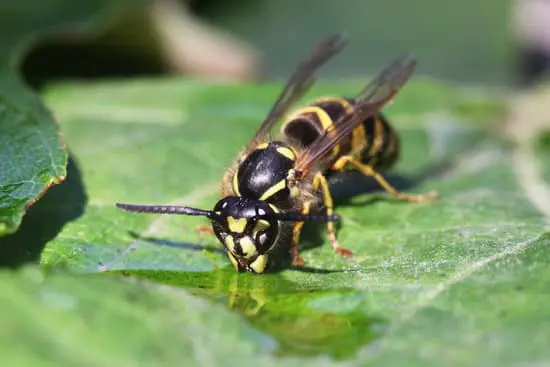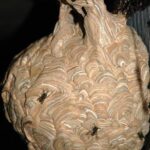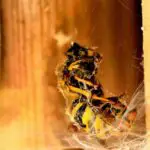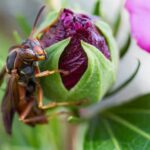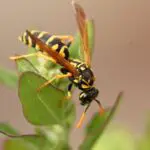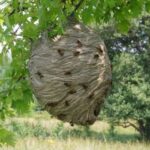Bees and Wasps
Thousands of species of bees and wasps are known around the world. They are members of the insect order Hymenoptera. They are mostly herbivores, and they collect nectar and pollen. Some of them are parasitoids, laying their eggs in other insects. They are members of the same order as the ants and sawflies.
Wasps are larger than bees, with flattened, streamlined bodies. They have thin legs, a narrow waist, and a tapering abdomen. The legs are smooth, without stingers. They are predators and prey on flies, spiders, caterpillars, and other insects. Wasps are often predatory and aggressive. Some people are allergic to wasp stings.
Wasps are also parasitic, and they live in nests. They often invade homes, garden sheds, and picnic tables. Wasp nests are made of regurgitated wood pulp, and the nests are usually suspended from eaves or tree branches. The nests are often mud-based.
Wasps and bees have nearly identical life cycles. They lay eggs, and the young develop in the nest for about eleven months. The adult worker bees emerge on day twenty-one.
There are two types of social wasps: honey bees and bumble bees. Honeybees are organized and usually live in hives. The honeycomb hives are maintained by workers. The honeycomb hives can contain up to tens of thousands of bees. Some stingless bee species establish nests in rock cavities, hollow trees, and caves.
Social wasps live in colonies with queens. The queens lay eggs and feed the offspring. They defend the nests aggressively. They usually live for one season.
